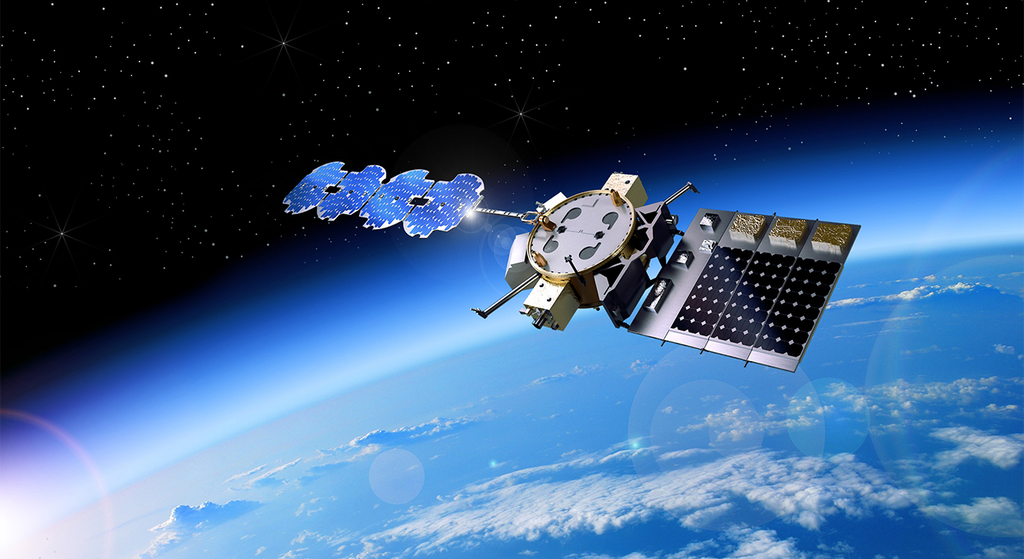WASHINGTON — Space Force design architects and science and technology professionals will soon sit side-by-side in a new collaborative modeling and simulation environment.
The new workspace is meant to strengthen the partnership between the Air Force Research Laboratory and the Space Warfighting Analysis Center (SWAC), a new force design organization that is conducting analysis of the service’s major mission area architectures.
Col. Eric Felt — who currently leads AFRL’s Space Vehicles Directorate but will take a new role as deputy executive director of the U.S. Space Force’s Architecture, Science and Technology directorate in July — told C4ISRNET in a recent interview the move will allow the two organizations to work more closely together in a digital engineering environment as they “analyze and optimize” the SWAC’s force designs.
RELATED

The modeling and simulation space is expected to be up and running in April and will be housed in a new addition to an Space Vehicles Directorate facility at Kirtland Air Force Base, NM, according to Felt. It comes online about a year before a new Wargaming and Advanced Research Simulation Laboratory is set to open at Kirtland. The new WARS lab will provide the Space Vehicles Directorate and the Directed Energy Directorate a dedicated analysis and simulation facility.
The SWAC completed its first force design last summer and in late October briefed industry on its analysis, which was focused on the Department of Defense’s missile warning and tracking architecture. The results haven’t been released, but the work is expected to drive near- and long-term changes to the Department of Defense’s plans for space-based missile defense.
Since finishing its initial architecture work, the center has announced plans to begin its next wave of analysis, which will focus on ground moving target indicator and space data transport capabilities.
Felt said the lab and the analysis center have already developed a collaborative relationship and were in close communication as the SWAC developed its missile warning and tracking force design. AFRL can also weigh in with ideas on the back end, offering solutions for mitigating risks identified in the architecture.
“We are able to inject our knowledge into their analysis, so that they can evaluate these emerging technologies,” he said. “We are their art-of-the-possible people.”
The relationship also benefits AFRL, Felt said, as it provides clear feedback on how the lab should prioritize and shape its technology portfolio.
That process of identifying where the Space Vehicles Directorate should focus its resources is one that Felt and his eight mission area leads undertake on a yearly basis — and more regularly as needed. The team uses a cost versus utility plot to identify projects that land in the sweet spot of offering the most potential of deterring adversaries (China, specifically) at the lowest cost. Felt then takes those ideas and publishes them in a commander’s intent report that’s released each June.
The directorate’s current priorities mostly fall into three broad categories based on the Space Force’s current needs and the threats environment: ubiquitous connectivity, ubiquitous sensing and novel orbits. The technology areas aren’t necessarily new, Felt said, but they continue to be areas of importance and — in the directorate’s view — “the biggest contributors to resiliency from a science and technology perspective.”
Ubiquitous connectivity, Felt explained, includes technology like space-to-ground links and laser communications that allow satellites to continuously communicate with one another and with users on the ground.
“We need to be able to talk to our satellites at all times and get data off of them in real time, command then in real time,” he said. “It’s kind of building the combat cloud, as we used to call it — the internet in space.”
Ubiquitous sensing, another high-payoff technology area, involves the sensors that give space operators the domain awareness they need. That includes emerging commercial sensing capabilities and new technologies that “help small satellites act like big satellites,” Felt said.
“What we really want is to be able to sense everything, everywhere, all the time, in real time,” Felt said. “That’s the vision of what we want to be able to do with these sensors.”
The third focus area, which deals with how to operate in non-traditional orbits, is a new thrust for the lab that looks to use emerging technologies to give the Space Force greater access to areas of space in which it hasn’t traditionally operated. Felt specifically pointed to cislunar space and very low Earth orbit as two regimes of interest.
“From a technology point of view, I just want to open up everything . . . so the Space Force can go there if and when we need to accomplish our missions,” he said.
Courtney Albon is C4ISRNET’s space and emerging technology reporter. She has covered the U.S. military since 2012, with a focus on the Air Force and Space Force. She has reported on some of the Defense Department’s most significant acquisition, budget and policy challenges.








